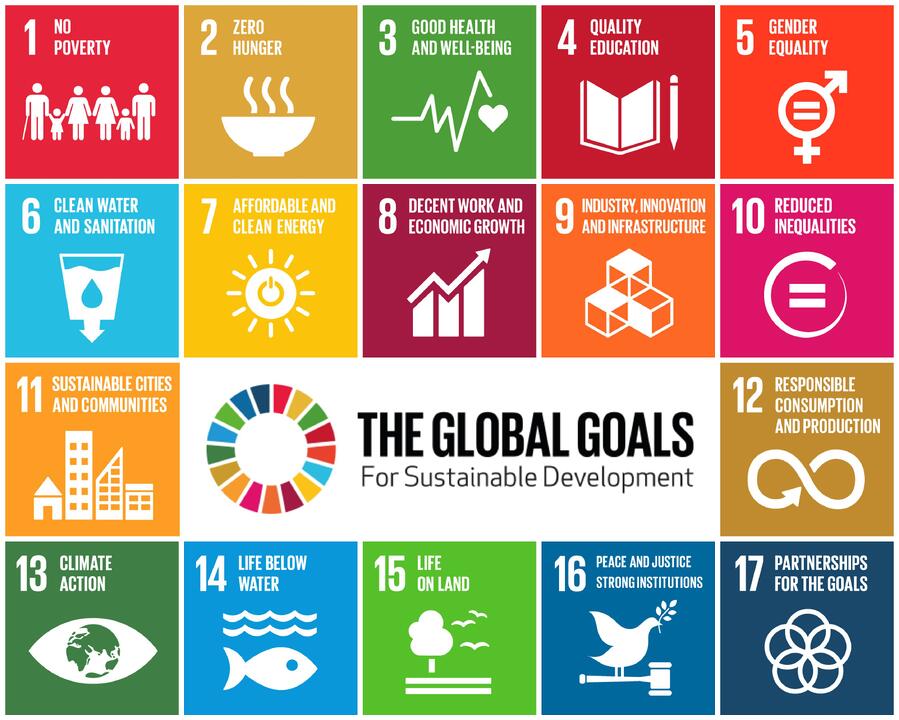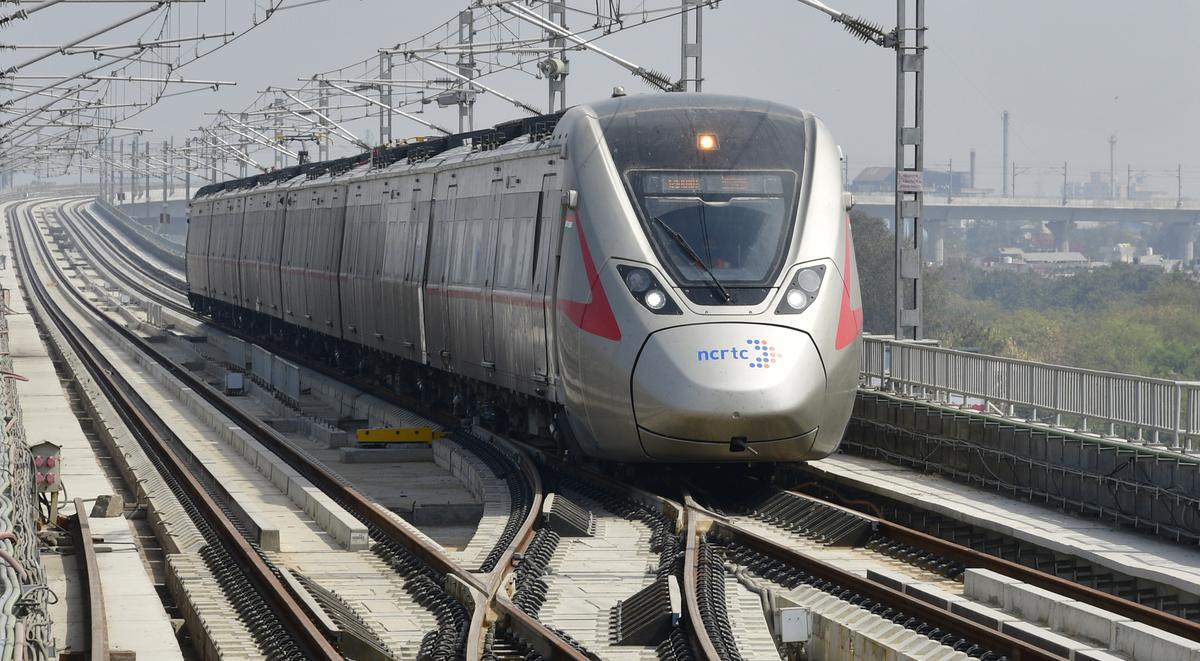- Courses
- GS Full Course 1 Year
- GS Full Course 2 Year
- GS Full Course 3 Year
- GS Full Course Till Selection
- Online Program
- GS Recorded Course
- NCERT (Recorded 500+ Hours)
- Polity Recorded Course
- Geography Recorded Course
- Economy Recorded Course
- AMAC Recorded Course
- Modern India, Post Independence & World History
- Environment Recoded Course
- Governance Recoded Course
- Science & Tech. Recoded Course
- International Relations and Internal Security Recorded Course
- Disaster Management Module Course
- Ethics Recoded Course
- Essay Recoded Course
- Current Affairs Recoded Course
- CSAT
- 5 LAYERED ARJUNA Mentorship
- Public Administration Optional
- ABOUT US
- OUR TOPPERS
- TEST SERIES
- FREE STUDY MATERIAL
- VIDEOS
- CONTACT US
Migration Centric Development
Migration Centric Development
02-01-2023

Migration Centric Development
About the Issue
- As per the International Organization of Migration (IOM)’s ‘World Migration Report 2022’, there were almost 280 million international migrants globally in 2021, with nearly 2/3 being labour migrants.
- In the recent times, population pressure on cities has increased with the development of the manufacturing and service sectors.
- According to the “World Cities Report 2022”, India's urban population will reach to 675 million by 2035.
- As a result of increasing urbanisation and the growth of cities, it will increase pressure on basic infrastructure and services, particularly housing and sanitation. Migrant workers suffer most from the lack of access to these basic needs.
- The Covid-19 pandemic has further increased the poor housing conditions of the urban poor/ migrant workers.
Different Types of Migration are:
- On the Basis of Movement Pattern
- Step Migration: Migration initiating from a small settlement and moving to a larger one in the urban areas such as movement from a farm to a village, then to a town and subsequently to a sub-urban area and finally into a city.
- Circular Migration: Circular migration happens between an origin and a destination with at least one migration and return.
- Seasonal Migration is a very common form of circular migration, driven by seasonal peaks in labour demand, mostly in agriculture.
- Return Migration refers to a one-time emigration and returns after an extended stay outside the host territory.
- Chain Migration: Migration of families at different stages of the life cycle from one location to the next, which subsequently bring people from their home location to this new place.
2. On the Basis of Decision-making Approach:
a) Voluntary Migration: Based on a person’s free will, initiative, and desire to live in a better place and to improve their financial status.
b) Involuntary Migration: It’s a type of migration in which a person is being forced to leave their home due to certain unfavourable environmental and political situations.
- On the Basis of Duration:
- Permanent Migration: When people migrate to another place over a long distance for a long period, it is called as permanent migration. For example, a person has moved from Bhopal to Delhi for better job opportunities and has planned to settle there only. This type of migration will be considered as permanent migration.
- Temporary Migration: It’s a type of migration that is not intended to be permanent and usually undertaken for a specific purpose only.
So, What are the Positive Effects of Domestic Migration in India?
- Leads Diversification of Labour Markets: Migration fills the gap between demand and supply for labour, and efficiently allocates skilled, unskilled, and cheap labour.
- Leads to Development of Skills: Increased exposure and interaction with the outside world enhance migrants' knowledge and skills.
- Improves Quality of Life: Migration increases employment opportunities and economic prosperity, which in turn improves quality of life. The migrants also send money home, which has a positive effect on their families back to their hometown.
- Social Evolution: Migration helps to improve the social life of migrants, as they learn about new cultures, customs, and languages which helps to improve brotherhood among people and ensures greater equality and tolerance.
Challenges Associated with Domestic Migration in India are:
- Due to education opportunities and preference for physical labour, men are typically viewed as breadearners. Due to this, males in the Indian rural belt tend to migrate to urban areas in search of better jobs, whereas women are primarily responsible for household and agriculture.
- The separation of male spouses, the lack of companionship, and the increased household responsibilities may lead to mental health problems among left-behind female spouses.
- In a 2020 report by the International Labour Organization (ILO) on internal migrants, the lack of adequate water, sanitation, and hygiene (WASH) facilities has been a major challenge for migrant workers.
- Migrants are placed within 2 larger categories that have troubled policymakers from a long time i.e. unorganised workers and urban poor. Despite the use of the e-Shram portal, it has been difficult to accurately distinguish and target migrants.
- Influx of workers and population explosion increase competition for jobs, houses, schools, etc
- Mass migration leads to the development of slums, which compromises quality of infrastructure and life, which further causes unhygienic conditions, crime, and pollution.
- Uneducated and underqualified migrants lack basic knowledge and remain out of the pursuit of formal jobs that makes them prone to abuse, exploitation, trafficking, psychological abuse, and gender-based violence against female migrants.
How Sustainable Development Goals Recognise Migrants?
- As part of the 2030 Agenda for Sustainable Development (with its core principle of "leave no one behind," including migrants), migration is recognized for the first time as a contributor to sustainable development.
- 11 out of the 17 Sustainable Development Goals (SDGs) contain targets and indicators that are relevant to migration or mobility.
- Target 10.7 in the SDGs stresses the importance of facilitating orderly, safe, regular and responsible migrations, including by implementing well-managed migration policies.
Conclusion and Way Forward
- In order to achieve inclusive growth and development and reduce distress-induced migration, India needs to develop migration-centric policies, strategies, and institutional mechanisms, helping India on the path of achieving Sustainable Development Goals and reducing poverty.
- Migrant data must be collected for the purpose of city development like the SMART Cities Mission can result in a large number of green jobs for migrants.
- To provide basic living standards to urban poor as well as migrants, urban areas need a scheme similar to MGNREGA. The Indira Gandhi Urban Employment Guarantee Scheme has been rolled out in Rajasthan is a good step in this direction.
- Having a social security is important to ensure migrants do not run out of funds during health crises, child-rearing, or child-education. As a result, migrants' psychological conditions will also improve.
- Providing basic amenities such as Clean Water, Sanitation and Electricity to the slum areas should be at priority.
- To reduce the trauma of migrants arriving in cities in search of work, Migration Support Centres can be established.
Must Check: Best IAS Coaching Institute In Delhi


